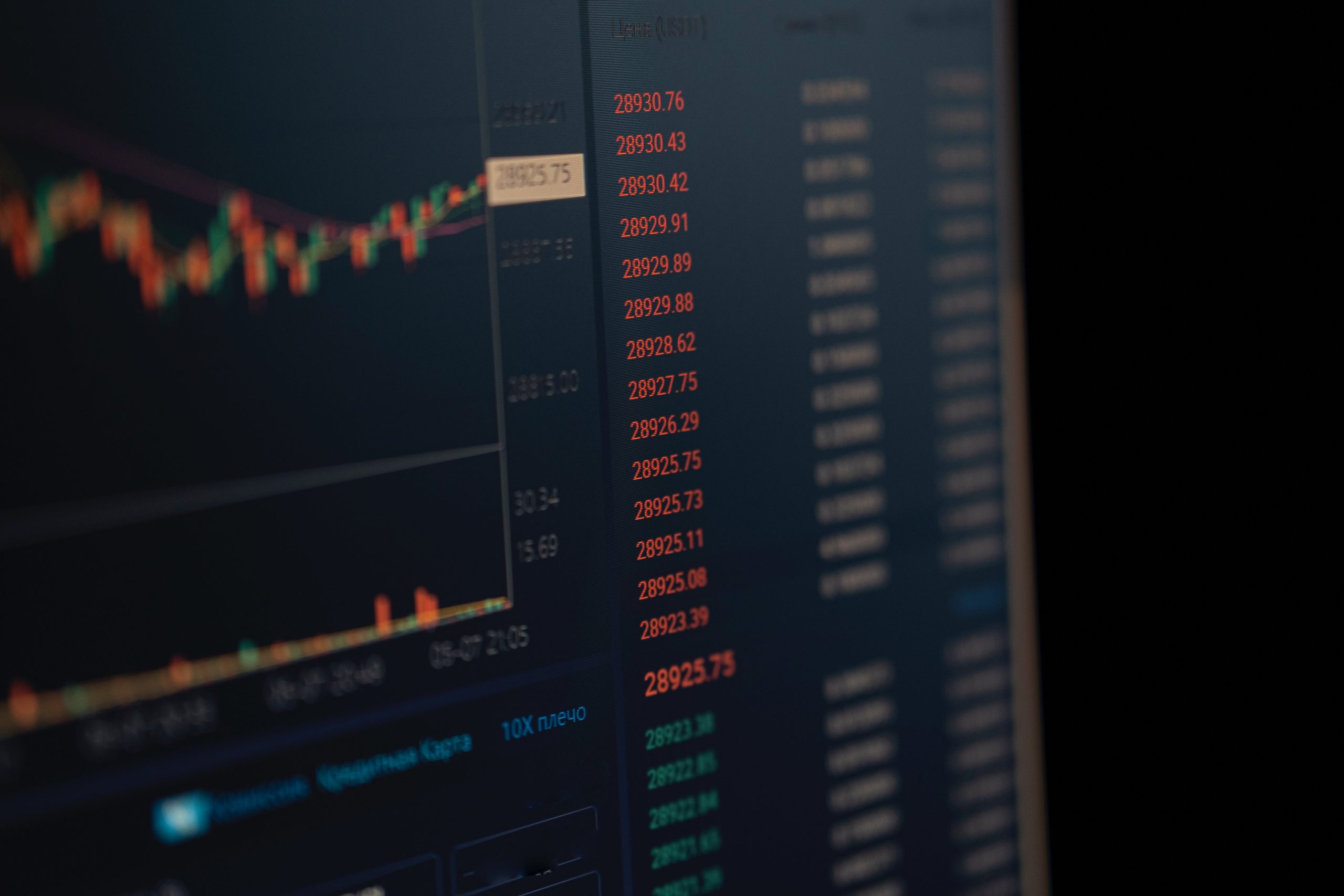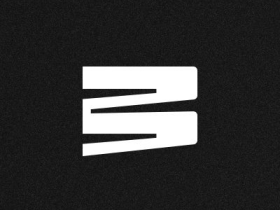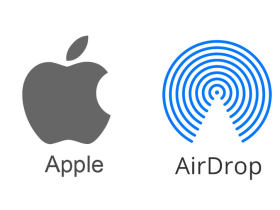Binance is a well-known cryptocurrency exchange that provides sophisticated trading tools and low fees. However, you might wonder if its security measures are adequate. We will examine Binance’s security procedures and determine whether or not it is a safe and secure exchange in this guide. We’ll also go over how using Binance can help you safeguard your cryptocurrency.
Please take note that this guide only relates to Binance.US, or the American version of the platform. Additionally, Binance.com is accessible outside of the United States. However, Binance.com will only be mentioned in this article if it is pertinent to the American version.
Is Binance secure, then?
Is Binance safe?
In summary, Binance is a very secure cryptocurrency exchange (though there are a few warnings). The great majority of its cryptocurrency is stored in “cold wallets”—online storage systems—that are offline. This prevents losses in the event of a hack and lessens the likelihood that an attack will render Binance bankrupt. This implies that users can expect to receive reimbursement from the company in the event of a significant attack on the exchange.
A real-time monitoring system to identify suspicious activity, email security alerts, hardware two-factor authentication, and numerous other cutting-edge security features are all provided by Binance.
All things considered, Binance is a very safe exchange.
However, none of the cryptocurrency exchanges, not even Binance, can be considered 100% safe. We’ll go over its security procedures in detail in the following sections, along with some ways that hackers may be able to get around them to steal your cryptocurrency. We’ll also go over how you can contribute to thwarting these assaults.
Let’s first discuss Binance’s main security procedures.
Binance.US Security Practices
The following are some of Binance’s defenses against cyberattacks:
Anti-Money Laundering (AML) and Know Your Customer (KYC) procedures
Binance collaborates with suppliers worldwide to develop KYC protocols that adhere to local laws in various countries. For instance, certain areas can need identification or other further verification. They have also established strong anti-money laundering (AML) procedures in addition to KYC through internal services and outside suppliers like Chainalysis, which assist focused investigations and provide funding for recovery initiatives.
Multi-factor authentication (MFA)
Multi-factor authentication (MFA) is essential to offering a secure yet user-friendly experience on Binance. They have put in place and underpinned certain account activities with suitable MFA requirements according to the level of risk.
Real-time monitoring
Binance uses advanced artificial intelligence and machine learning algorithms to detect suspicious activity going in and out of the platform in real time. This includes, but is not limited to, abnormal logins or transaction patterns.
Dark web surveillance
Binance is continuously monitoring dark web forums and markets for the latest attack methods, potential threats, and third-party data breaches. All information we collect is proactively shared with law enforcement agencies.
Two-factor authentication (2FA)
You may add 2FA to your account on Binance, just like on the majority of cryptocurrency exchanges. You will need to input a code from your phone each time you log in or make a withdrawal if you enable this option. To get the code, utilize an authenticator app or SMS message. Though it’s a more secure option than using a smartphone app, Binance, unlike other exchanges, also lets you obtain the code via a hardware device like a Yubikey.
Anti-phishing code
Once set up, the anti-phishing code feature enables you to identify genuine Binance emails through a unique code only you know. Any email from “Binance” without your anti-phishing code is a scam.
Risks of Using Binance.US
Despite its security, Binance remains a Web 2.0 application. Put differently, logins demand a username and password rather than a Bitcoin wallet. This implies that you will need to create a password when you first create an account on Binance.
This kind of login mechanism has several security flaws. In an attempt to keep your passwords straight, you might be tempted to use the same one for Binance as you do for other websites. However, this implies that an attacker will have a hash of your Binance password if he manages to compromise the security of another website you use.
When he has the hash of your Binance password, he may be able to decipher it with Hashcat or another cracking program, which would give your true password to him.
The fact that Binance lets you reset your password with your email address is another issue. Thus, if a hacker gains access to your email address, they might alter your Binance password and prevent you from accessing your account.
To assist stop these kinds of assaults, turn on 2FA. However, a lot of individuals get SMS messages with their 2FA codes. If the attacker phones your phone provider and impersonates you, claiming to wish to move your phone service to your “new phone” (the attacker’s phone), these communications might be intercepted.
Lastly, there’s always the chance that security on the Binance platform may be compromised. This is precisely what transpired during the well-known 2019 breach of Binance.com.
Binance Hack
A group of hackers was able to get “a large number of API keys, 2FA codes, and potentially other info,” according to a May 2019 announcement from Binance.com.3. The hackers employed a variety of techniques, such as phishing and malware, to collect this data. They were able to extract almost $40 million worth of Bitcoin by using this information.
Nevertheless, Binance acknowledged that users were not to blame for this attack and promptly refunded all of its clients’ SAFU accounts. During the incident, none of Binance’s users lost any cryptocurrency or money.
Only the international edition of Binance was impacted by this breach. There has never been a hack on the US branch. However, since Binance.US and Binance.com have comparable security systems, we felt it was important to let you know about this problem.
All things considered, we believe Binance suitably responded to the incident. It acknowledged that improper platform security, not anything under the control of users, was the root cause of the breach. As a result, it refunded user accounts; Binance itself suffered a loss.
Nevertheless, Binance most likely would not have compensated its consumers if the attack had been caused entirely or in part by users.
We’ll go over some precautions you may take to help keep your Binance account safe in the following section. This should lessen the chance that someone would steal cryptocurrency from your Binance account. Additionally, it should increase the likelihood that you will get paid back if it is stolen.
How to Stay Safe While Using Binance
Here are some precautions you may take to safeguard the cryptocurrency you purchase via Binance.
Turn on two-factor verification (2FA): If you activate 2FA, each time you log in or make a withdrawal, you will need to input a code from your phone. This will lessen the likelihood that someone will be able to access your account in the event that your email account or password is hijacked. To get the code, think about utilizing an authenticator app rather than texting someone for even more protection. Alternatively, to get your 2FA code, if you can afford it, buy a Yubikey or another piece of hardware.
Make sure your password is secure: Ideally, you should use a different password on Binance than you do on other websites. This will protect your Binance password if another website you frequent is compromised. Making the password as lengthy as you can and combining capital and lowercase letters, digits, and special characters will also make the hash of the password more difficult to decipher.
Be cautious regarding malware: Having spyware on your computer is one of the simplest methods for a hacker to obtain your login credentials. An email purporting to be from someone you know is sent to you by the attacker, along with a file attachment that looks to be a.pdf or another acceptable file that you need. The file infects your computer with malware when you open it, searching your system for private information. At this point, it may either record your keystrokes the next time you log in or steal your Binance password directly from your browser (if you’ve kept it there for convenience).
Use a reliable antivirus application to scan file attachments to assist defend against this attack. To assist you in selecting an antivirus application, we’ve compiled a list of some of the top ones.
Steer clear of phishing: The creation of a phony Binance website by the criminal is another avenue of attack. Then, posing as Binance, he sends you an email informing you that you have an urgent need to log in. The email’s link takes you to a phony website, where the attacker gains access to your login and password when you attempt to check-in.
Check the sender address on any email that purports to be from Binance to assist avoid this, especially if it asks you to click on a link. A bogus email may originate from @ww-binance.com or another typo, but a legitimate one will come from the domains @binance.us or @binance.com.
What’s more, make sure you look up the internet address that the link points to. You might have noticed that binance.us is not the domain there. Using the Binance app interface, you may set up an anti-phishing code for further security. After you complete this, the code will appear in all emails from Binance, facilitating the identification of fraudulent emails.
Think about taking your cryptocurrency out: The best course of action for safeguarding your cryptocurrency is to just remove it from the Binance exchange altogether. Take it out of your wallet and keep the seed words in your wallet in a safe place at home. By doing this, usernames and passwords are eliminated, thus increasing the difficulty of an attacker obtaining your cryptocurrency. See “Storing Crypto Safely Using Wallets,” part of our comprehensive guide to investing in cryptocurrency securely, for more details on how to accomplish this.
No cryptocurrency exchange is 100% secure. But if you adhere to these pointers, your chances of protecting your cryptocurrency should be much higher.
Here are a few last observations on Binance security.
Final Thoughts on Binance Safety
For professional traders, Binance is an outstanding cryptocurrency exchange. It provides a wide range of coins, cutting-edge trading tools, and extremely low fees. Most notably, Binance has several cutting-edge security measures and is a reasonably secure cryptocurrency exchange.
However, no cryptocurrency exchange is 100% safe. The main security aspects of Binance, the dangers associated with utilizing Binance, and the various steps you can take to reduce those risks are all covered in this article.













Leave a Reply